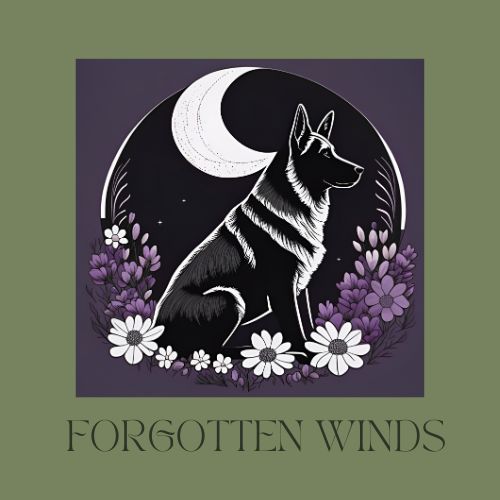
My camera trap research at Three Rivers Foundation main campus has not been all about capturing great images of wildlife on the Rolling Plains of Texas. With those images comes the most important aspect – the data.
So even though I’ve been collecting camera trap images for the last two years, which amounts to 178,401 photos, I’ve also been recording what was captured in those images in Excel files. Every month I logged what was captured on the cameras onto data sheets and then transferred those numbers to the computer.
Data – can mean a lot of things. When it’s statistically interpreted it can create new insights about a research project. It can give you understandings various aspects of this research from the weather patterns, to how many times did a bobcat walk through a specific area, to even when a new species appears, like a baby Great Blue Heron.
Even though numbers are straightforward they are only as good as when they are entered correctly. Last week I double-checked my numbers and formulas to ensure that everything is correct. It’s painstaking work. Thankfully, I can credit Jeanette who helped print out the data sheets on 11 x 18 paper that allowed me to see where I missed a few formulas. When data is printed in physical form you notice things like your numbers not adding up like I did in two different columns in certain months.
But I have to admit I love working with data. When you see your numbers doing what they are supposed to do it gives a huge sense of accomplishment. I dealt with massive amounts of data when I was researching West Nile virus. Often I’d leave my computer out of frustration, drive into town, grab a latte to clear my mind and then hit the data sets again. The data sets must be correct in order to even upload them to a mapping program like ArcGIS. That to me is where the true fun lies – seeing the data visualized on maps.
I’m a huge fan of Bertrand Russell and he said, “Mathematics, rightly viewed, possesses not only truth, but supreme beauty—a beauty cold and austere, like that of sculpture, without appeal to any part of our weaker nature, without the gorgeous trappings of painting or music, yet sublimely pure, and capable of a stern perfection such as only the greatest art can show.” I believe that data in of itself’ can be beautiful. I cannot wait to see what all these numbers reveal from all the photos I’ve captured these last two years.
With over 178,000 images, the rich hidden world of 3RF has been gradually revealed and will be more so with data interpretation.

